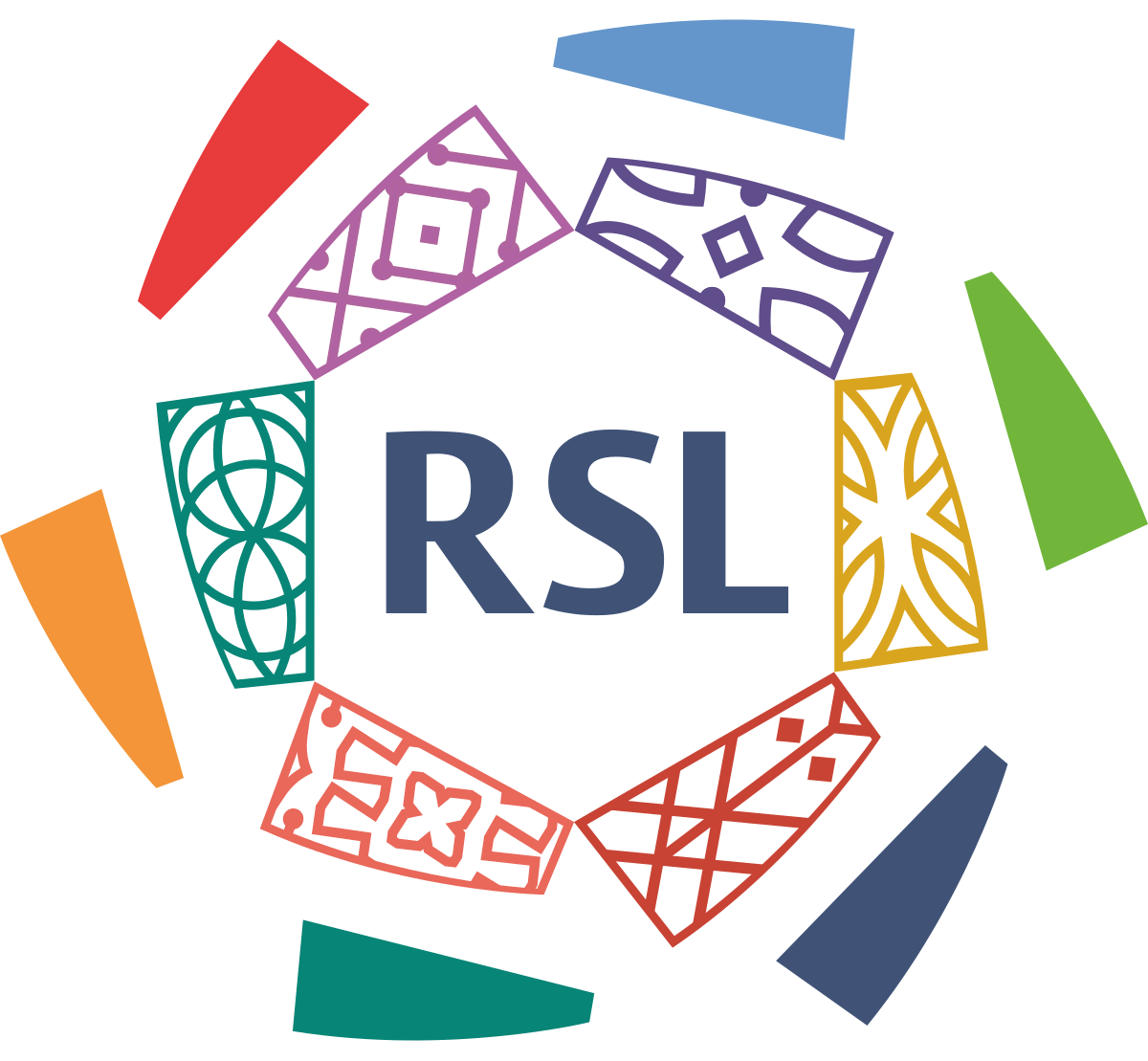
The Financial Impact of Star Signings in the Saudi League
Over the past two seasons, the Saudi Pro League has stunned the Aw8 world with a string of blockbuster signings. From Cristiano Ronaldo to Neymar, Karim Benzema to Sadio Mané, the league’s ambition has been unmistakably bold. But beyond the headlines and highlight reels lies a much deeper transformation—one driven by financial strategy and vision.
The arrival of global football icons in Saudi Arabia isn’t just about elevating the league’s entertainment value. It’s also about changing the economic framework of football in the region and positioning the league as a sustainable force in global sports business.
In this article, we explore how these major signings are impacting the financial landscape of the Saudi League—from commercial growth to broadcasting deals, fan engagement, and more.
1. Increased Sponsorship Revenues
Star players bring global attention, and with that comes corporate interest. Companies are now lining up to associate their brands with Saudi clubs that have international stars.
-
Al Nassr's partnership with brands like Nike and Noon grew rapidly after Ronaldo’s arrival.
-
Al Hilal saw its merchandise revenue spike after Neymar joined.
According to reports, club sponsorships across the league rose by over 40% in 2024, driven almost entirely by marquee signings. These deals include:
-
Kit sponsors
-
Training ground partners
-
Official airline and travel partnerships
-
Financial and telecom branding
This surge is pushing clubs towards financial sustainability, rather than relying solely on state-backed investment.
2. Merchandise Sales and Fan Revenue
One of the most direct revenue impacts is seen in merchandise sales, especially jerseys. When Cristiano Ronaldo signed with Al Nassr, the club’s jersey sold out within hours—not just in Riyadh, but globally through online platforms.
-
Clubs now have international e-commerce stores
-
Partnerships with global logistics providers ensure worldwide delivery
-
Player-branded products, from scarves to boots, add multiple revenue streams
Fans from Asia, Europe, and the Americas are now wearing Saudi club kits, a previously unthinkable reality that shows how far the league has come in fan monetization.
3. Broadcasting and Streaming Rights Explosion
Perhaps the most game-changing development is the global broadcasting reach of the Saudi League. Star signings have turned previously local matches into global events.
-
Ronaldo's debut match drew over 30 million global viewers via YouTube, Shahid, and paid services
-
Streaming platforms have struck multi-year rights deals with the league
-
European and Asian sports networks have added the Saudi League to their weekend programming
This growth translates into broadcasting revenue, helping clubs and the league invest even more in infrastructure, youth academies, and additional player recruitment.
4. Tourism and Local Economic Boost
Cities like Riyadh and Jeddah have seen spikes in sports tourism, with fans flying in to watch their favorite international stars play.
-
Hotels near stadiums report higher occupancy on matchdays
-
Restaurants and local transport see significant boosts
-
Government tourism bodies are aligning campaigns with match schedules
Star players are now unofficial ambassadors of Saudi Arabia, and their presence fuels growth in industries beyond football.
5. Club Valuations and Global Brand Power
When Neymar signed for Al Hilal, the club’s social media following jumped by millions within days. Similarly, Al Nassr is now among the top-followed clubs in Asia—surpassing many European giants.
This brand power increases:
-
Valuations for private equity interest
-
Ability to attract non-football sponsors
-
Negotiation power with broadcasters and global brands
In the next 3–5 years, Saudi clubs could become investment assets—similar to how Premier League clubs operate with global stakeholders.
6. League-Wide Revenue Sharing and Parity
To ensure growth isn’t isolated to a few clubs, the Saudi League has begun implementing revenue-sharing models from:
-
Central broadcasting rights
-
League-level sponsorships
-
International licensing deals
This ensures that smaller clubs also benefit from the star power brought in by the big four (Al Hilal, Al Nassr, Al Ittihad, and Al Ahli), thus raising the competitive quality of the entire league.
7. Global Academy Expansion and Talent Investment
The increase in revenues has allowed clubs to:
-
Expand youth academies
-
Launch international football schools
-
Invest in scouting networks in Africa, South America, and Asia
This makes the current investments self-sustaining in the long term by creating talent pipelines that reduce future spending needs.
8. Social Media Monetization and Digital Strategy
Clubs now operate like media companies—broadcasting training sessions, match previews, and lifestyle content of stars on platforms like Instagram, TikTok, and YouTube.
-
Brand deals with social platforms are monetized
-
Fans can subscribe to exclusive digital content
-
Matchday content goes viral—boosting visibility for sponsors
This unlocks new digital revenue streams far beyond stadium ticket sales.
Summary Table: Financial Impact Categories
Challenges to Watch
Despite the positives, the league must be cautious of:
-
Overdependence on a few players
-
Lack of long-term commercial diversification
-
Need for competitive parity to sustain global interest
However, these risks are being addressed through proper governance and league strategy.
🏆 Support the League’s Bold Financial Journey
The Saudi League has redefined modern football economics. What began as an attempt to attract attention has evolved into a multi-industry growth engine, creating opportunities not just for clubs and players, but for the economy at large.
As fans, you play a key role in this transformation. Whether you're buying a jersey, watching a game, or following your favorite star—you’re fueling a revolution in football’s global balance of power.
Support the league. Support football’s future.

0 Comments
Post Comment